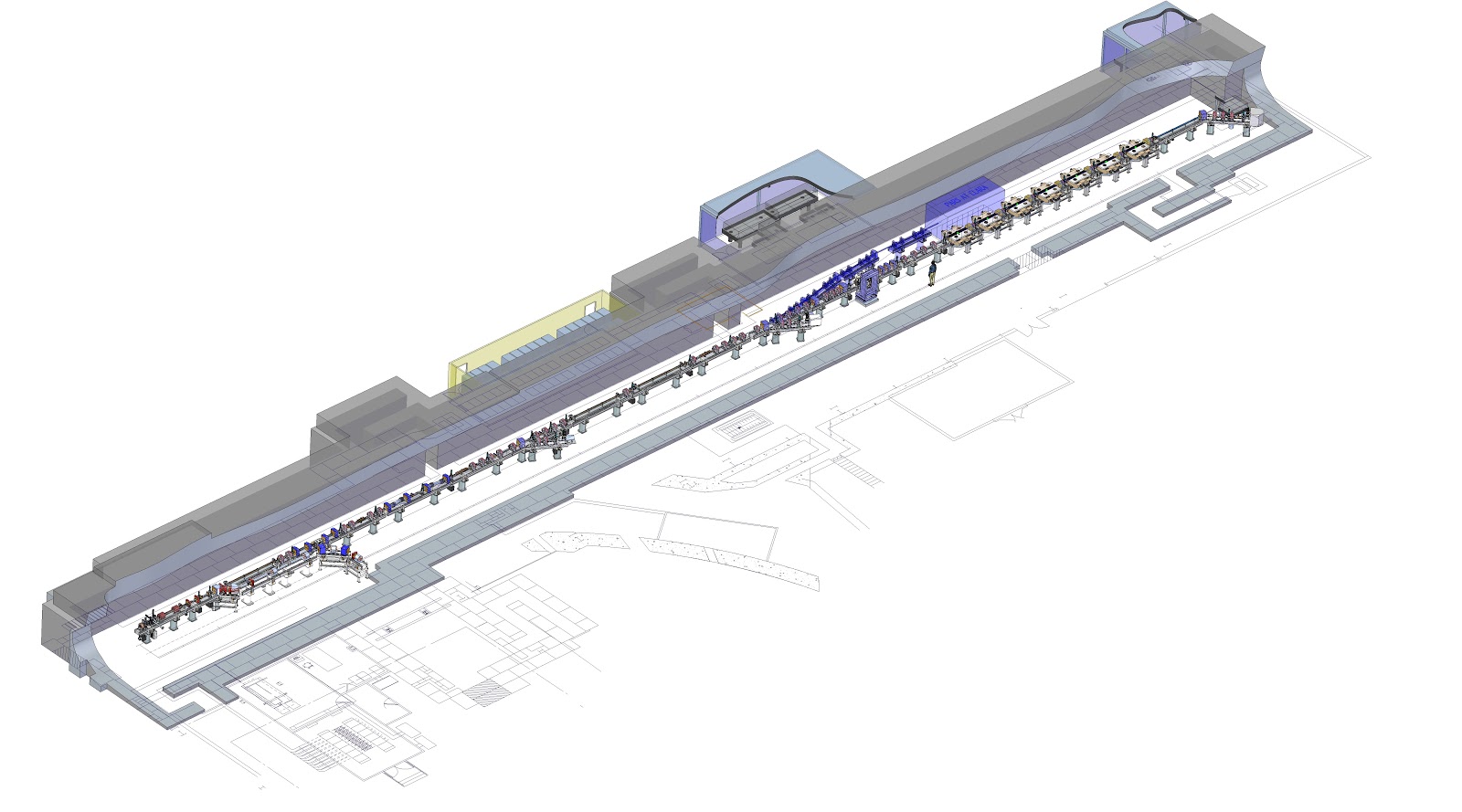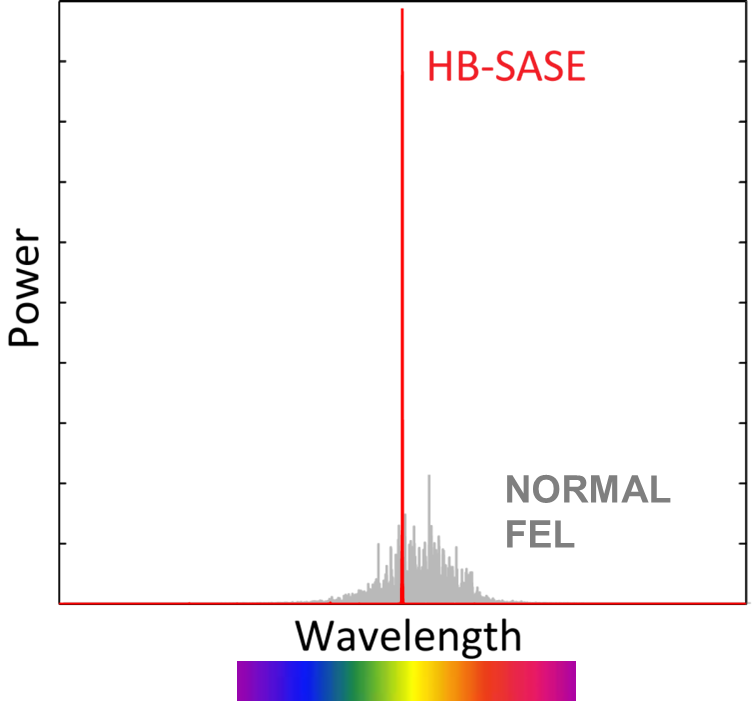CONTACT:Neil Thompson
CLARA is a FEL test facility currently under construction at Daresbury Laboratory. CLARA stands for Compact Linear Accelerator for Research and Applications. The maximum electron beam energy is 250 MeV and the FEL wavelength range is 100-400 nm.

The aim of CLARA is to demonstrate novel FEL capabilities and accelerator technologies which have prospects for enabling new science at X-ray FEL facilities, such as the proposed UK XFEL. These include:
The generation of ultra-short photon pulses. For example, we aim to generate pulse durations as short as 1 femtosecond by applying the idea of Mode-Locking to the FEL. Once demonstrated, this technique could then be applied on an X-ray FEL, such as SwissFEL, where because the wavelength is so short the pulse duration could be less than a single attosecond. This is a factor of 100 shorter than the pulses available from FELs today and would allow users to study processes that occur on a faster timescale than has ever been possible before. For more information see:

Testing of novel undulator technologies. For example, we are prototyping a short period, narrow gap superconducting undulator specifically optimised for FELs. This type of undulator has the potential to generate far higher magnetic fields than alternative technologies and so enable X-ray FELs to cover a much broader range of wavelengths. For more details see here:
Several review articles are available which offer excellent overviews of Free-Electron Lasers. For example:
